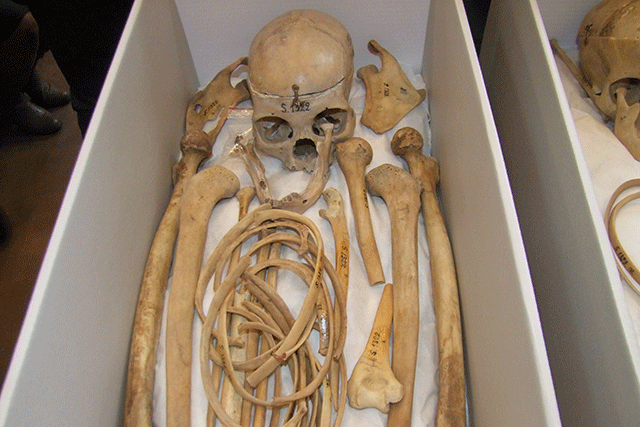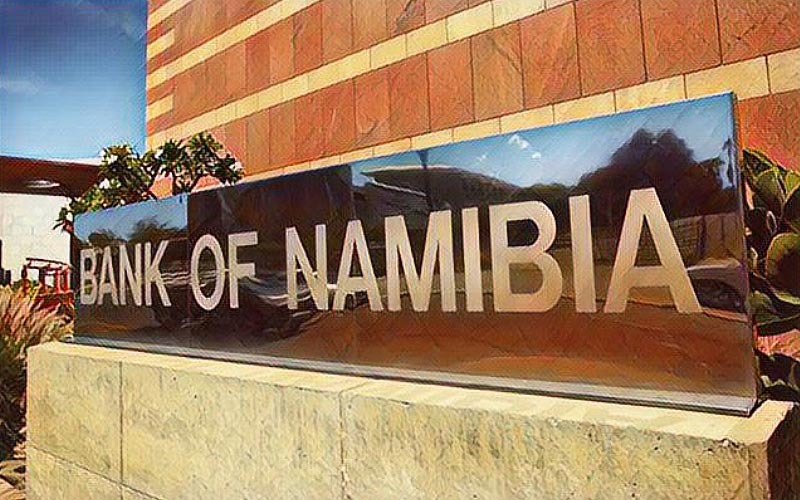ABOUT 160 human remains that were unethically collected, the majority from Namibia, have reportedly been identified in the Iziko Museums of South Africa.
This revelation came to the fore during a recent workshop held in Windhoek aimed at providing an opportunity to start a conversation in southern Africa about the best way to develop guidelines regarding human remains in museums.
According to a media release made available by the Museum Association of Namibia to Nampa last week, the workshop participants argued that it was important that remains which had been collected as specimens were “rehumanised” and treated with dignity and respect.
The collection, according to the statement, reflects a particular focus on obtaining bodies from the San and Nama communities as in the late 19th and early 20th century it was believed that these communities would become extinct. The collection, however, also includes a significant number of remains from northern Namibia that were collected after Ondjala yekomba (the famine) of 1914-1916.
The primary concern of the workshop participants who were museum workers, academics and community activists, was that bodies were often obtained in an unethical way with bodies having been removed from recent graves or even taken before they were buried without the consent of their family.
Deputy permanent secretary in the ministry of education Veno Kauaria, who opened the workshop, raised questions such as how it would be decided whether the human remains were obtained ethically or not.
She also wanted to know what would be done when there is insufficient information to trace the descendants.
Secretary general of the African Council of Museums, Rudo Sithole, who was the keynote speaker, said it would be useful if museums in Africa could collaborate to develop appropriate guidelines to deal with the issue of human remains in museums. European museums are also reviewing their collections and have already started returning human remains to their countries of origin. The most prominent recent examples have been the return of skulls of the Nama and Herero people from German museums to Namibia in 2011 and 2014.
In 2011 German scientists handed over the skulls of 20 people who died in a colonial concentration camp more than 100 years ago for a research project that aimed to prove white supremacy, to a delegation from Namibia.
The skulls were part of the anatomical collection of Berlin’s university hospital, the Charité, and their return has cast a spotlight on a dark chapter of Germany’s past. These skulls were from four women, 15 men and one boy, aged between three and four.
In 2014, another 35 skulls and two skeletons of Namibian origin were returned from Berlin and Freiburg, Germany in a second repatriation exercise.
Namibia has been trying to get the remains repatriated since 2008 when a television documentary revealed their existence in the hospital’s vaults.
The workshop was funded by the Commonwealth Association of Museums and the International Council of Museums. – Nampa
Stay informed with The Namibian – your source for credible journalism. Get in-depth reporting and opinions for
only N$85 a month. Invest in journalism, invest in democracy –
Subscribe Now!






